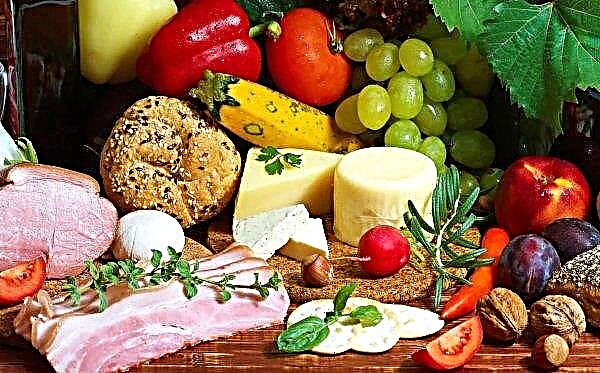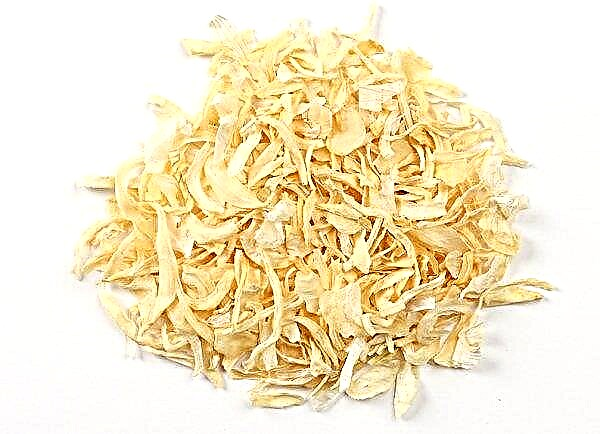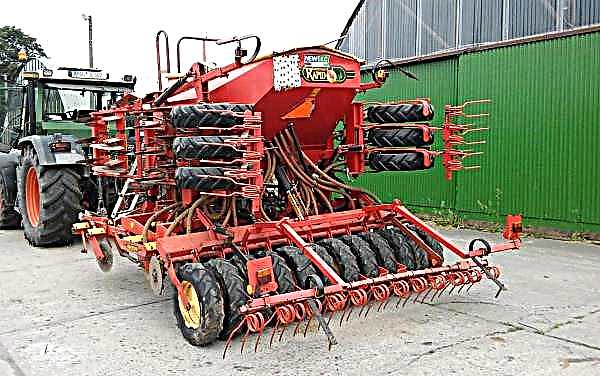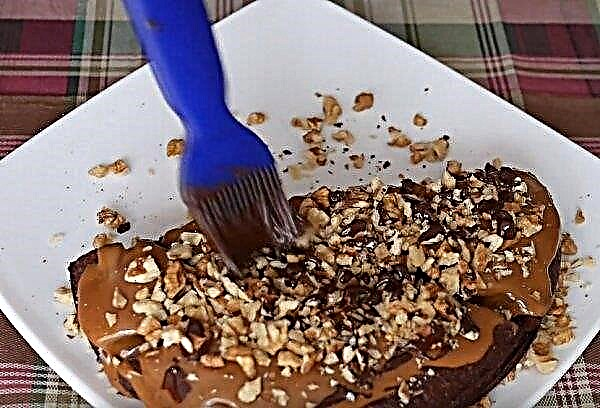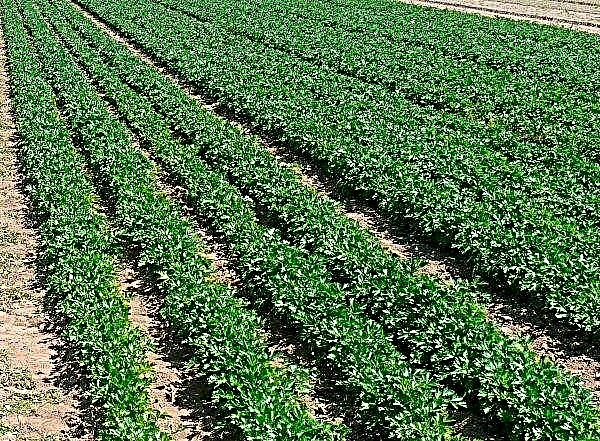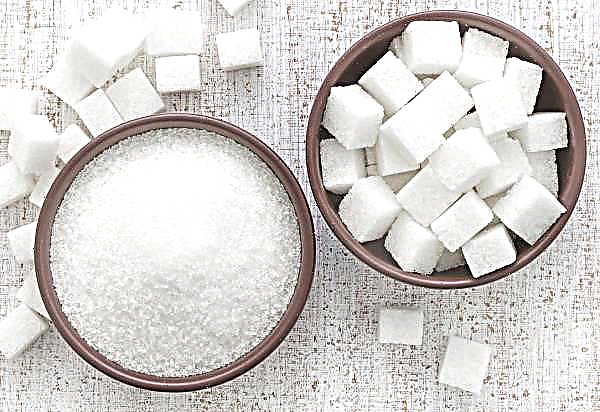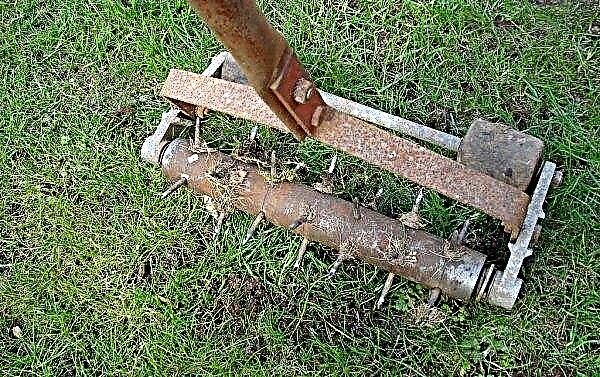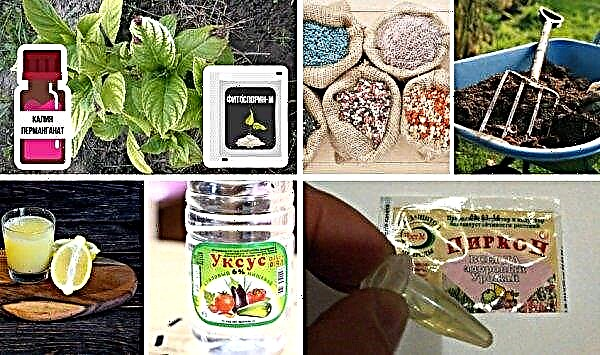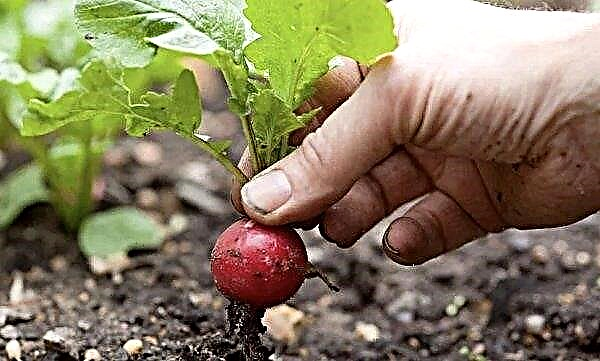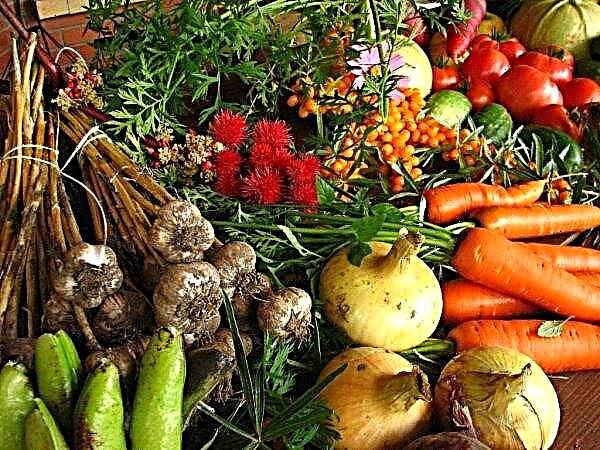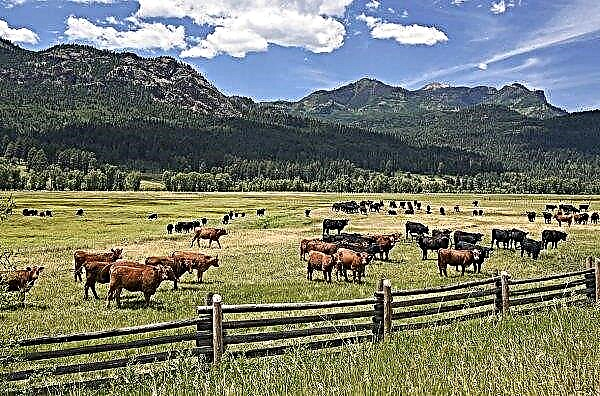Cabbage is an ingredient in many everyday dishes, which can not be done either in winter or in summer. That is why it is so important to know which varieties are most suitable for winter storage. It is about them that the article will be discussed.
General characteristics of winter species
Early cabbage with delicate leaves, ripening already in late spring, is undoubtedly very tasty, but, unfortunately, is not stored for a long time, quickly deteriorates and loses its taste. For winter storage, late-ripening varieties and hybrids are used. From other varieties they are distinguished by such characteristics:
- resistance to weather conditions;
- high productivity;
- increased resistance to diseases and pests;
- large and dense heads of cabbage (from 2.5 to 6.5 kg);
- tight, tightly pressed leaves to each other;
- improved taste over time;
- good indicators of transportability;
- vegetation period from 110 to 180 days.
Did you know? Giant cabbage grows 3-4 m high on the island of Jersey, located in the English Channel. Birds take it for trees and make nests on the tops, and local residents make furniture from stems. However, this variety is also suitable for eating.
The best varieties for winter storage
Consider the popular varieties and hybrids used for long-term storage until spring (and in some cases until a new crop is obtained).
Hybrid
Hybrids are a combination of various varieties from which the necessary qualities and properties are selected and enhanced during selection. All hybrids of the first generation with the best qualities are marked as F1 (from Italian. "Figli" - children).
Some of the most commonly grown cabbage hybrids for storage:
- Aggressor F1. The warlike name of this Dutch hybrid is a reflection of its qualities such as the ability to withstand defeat by pests and fungal diseases, frost resistance, high growth force, as well as the extreme strength and density of heads of cabbage. In addition, the leaves of this hybrid are very juicy and pleasantly crunch. It can be stored for 5-6 months.
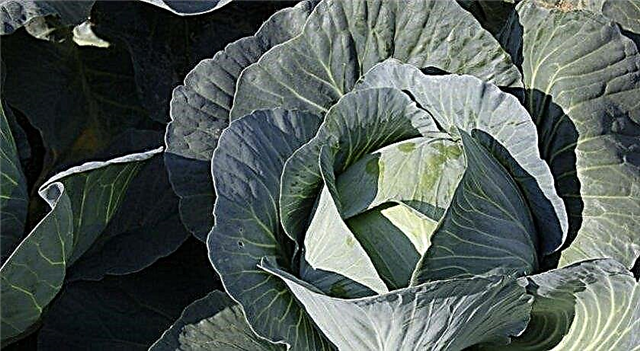
- Geneva F1. This hybrid is characterized not only by beautiful green leaves with a bluish tint, but also the ability to persist until the appearance of a young crop, that is, 8–9 months. The hybrid is perfect for growing in the harsh climate of Siberia and the Urals. Due to the large number of sinewy fibers, it is recommended not to use it fresh, but to use it for pickling.

- Valentine F1. This hybrid is resistant to disease and small frosts. The taste of its leaves immediately after harvest is slightly bitter, which leads to the need to wait several months before its use. After this time, the taste becomes sweet. The leaves of Valentina F1 are very dense, therefore, proceeding to the culinary processing, it is better to douse them with boiling water. Hybrid can be stored for 7 months.

- Gingerbread man F1. It is one of the most popular cabbage hybrids. The vegetable got its name due to the perfect round shape of a head of cabbage. The section shows a pale yellow tint. It has excellent shelf life, can be stored up to 7 months. Taste is excellent. The nuances of cultivation are high demands on soil fertility and the inadmissibility of moisture deficiency.

- Lennox F1. Ideally combines high keeping quality, wonderful taste (high sugar content) and unpretentiousness in leaving. The head of cabbage is dense, of an unusual oblong shape, the leaves are thin. It can be grown in arid conditions.
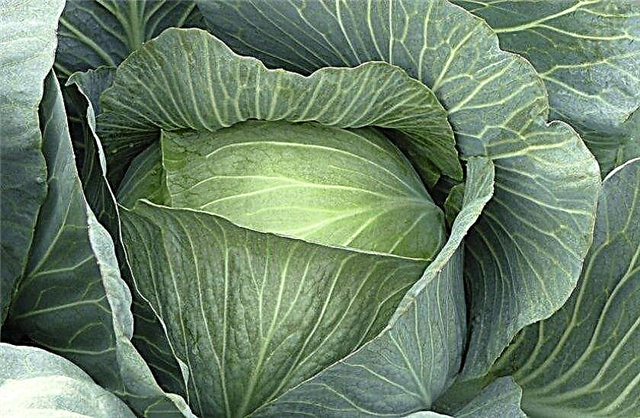
Important! There are several representatives of winter varieties of cabbage. This is Derbent, Absheron and Bull heart. They are planted in late summer — in autumn in regions with mild climates and short winters. Such varieties are unsuitable for storage.
Later
Varietal varieties of cabbage do not have the productivity of hybrids. However, varietal forms have their advantages: low price and the ability to get seeds that repeat the maternal properties.
The most popular of the later varieties used for storage:
- Snow White. The name received due to the pale green color of the leaves. The variety has a dense, juicy leaf and a rich, tart taste. It can be stored up to 8 months.

- Turkis. German variety with a pleasant taste and resistance to both frost and drought. Leader among late varieties by shelf life (8–10 months).
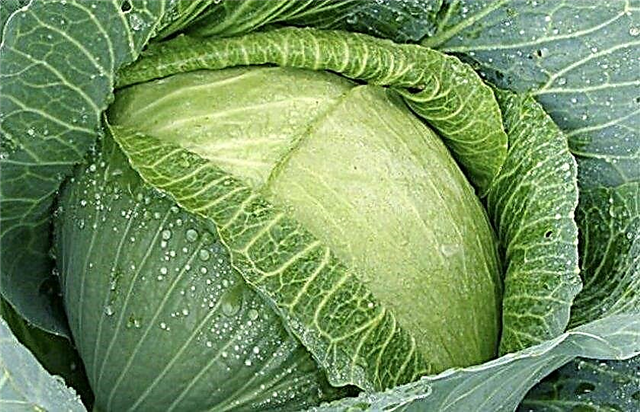
- Wintering. It is characterized by the ability to long-term storage (up to 8 months), during which the taste is significantly improved, and high resistance to fungal diseases.

- Amager. As in the case of the Valentine F1 hybrid, the taste of freshly torn Amager is dominated by bitter notes that disappear after several months of storage, giving way to a juicy, delicate taste. The head of cabbage is green, but when cut, it turns white. The variety is resistant to bacteriosis, at the same time it does not tolerate heat. Great for pickles.

- Moscow. The variety is time-tested, as it was bred more than 80 years ago. Very large cabbage (heads of cabbage up to 10 kg), can be stored for about 6 months.
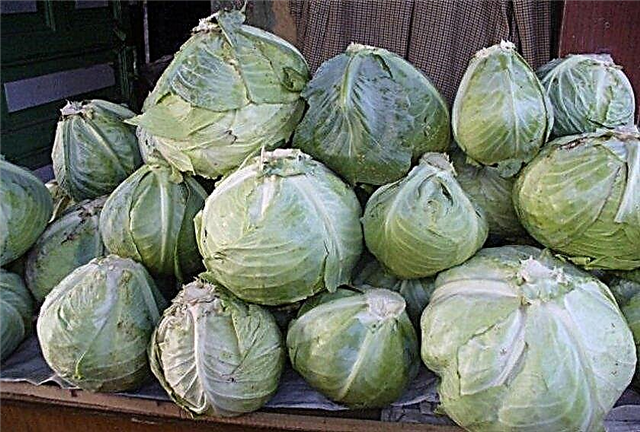
Features of long-term storage of cabbage for the winter
Harvest cabbage for storage must be collected before the onset of constant frost. Then you need to sort the vegetables, selecting such heads of cabbage:
- dense;
- without damage;
- with several green opaque leaves;
- with an external stump 2-3 cm long.
Store cabbage in the basement:
- in boxes;
- in containers;
- on wooden shelves;
- in bulk (in bins, sections);
- tied in pairs and hung on the crossbars.
 In regions with an abundance of snow, cabbage can be saved by pouring snow and covering it with wooden shields or mats. In the south, collars are used (ditches lined with straw or lapnik and covered from above by them, as well as sprinkled with a thick layer of earth).
In regions with an abundance of snow, cabbage can be saved by pouring snow and covering it with wooden shields or mats. In the south, collars are used (ditches lined with straw or lapnik and covered from above by them, as well as sprinkled with a thick layer of earth).Important! During storage, cabbies should not directly contact the ground or fit snugly against each other. Otherwise, there is a risk of infection with their fungus.
The storage rules for the crop are as follows:
- temperature mode - 0 ° С ... + 2 ° С;
- air humidity - 85–90%;
- lack of light exposure;
- regular airing of the room;
- the storage location should be treated with a weak solution of potassium permanganate or soda, lined with straw;
- the heads must be laid up with cuts of stumps upwards (so that drops of water do not fall into the head of the head).

Useful tips gardeners
Experienced gardeners, not the first year growing cabbage, give such recommendations for preserving the crop and caring for the vegetable:
- At the initial stage of the growing season, the plant should be fed with a solution of wood ash (30–40 g per 1 bucket of water), ammonium nitrate (leaf spraying with a solution of 30–40 g per 10 l of water), potassium sulfate (20 g per 10 l of water) and superphosphate ( 70 g per 10 liters of water).
- You should not water the cabbage abundantly at the end of the growing season, especially after an arid summer (heads of cabbage can become loose and crack). Watering must be stopped 3 weeks before harvesting.
- For harvesting it is most convenient to use a small hatchet.
- An organic remedy against cabbage pests is an infusion of tomato stepsons (place 1 kg of cut stepsons in a 3-liter container with water and insist for 3 days, then boil for 3 hours over low heat, strain, dilute with water in a 1: 2 ratio and add 2 tablespoons tar soap).
Did you know? In the old days in Russia, pickling cabbage for the winter was akin to a holiday and was accompanied by songs. And at the end of the work, dances were performed in order to appease the pagan gods that had not yet been forgotten and ask them to preserve the workpieces intact.
For many centuries, cabbage has been and remains one of the key products of our diet. That is why the question of its storage does not lose its relevance, and breeders are developing more and more new varieties and hybrids that can be stored for a long time without loss of taste and useful properties.











